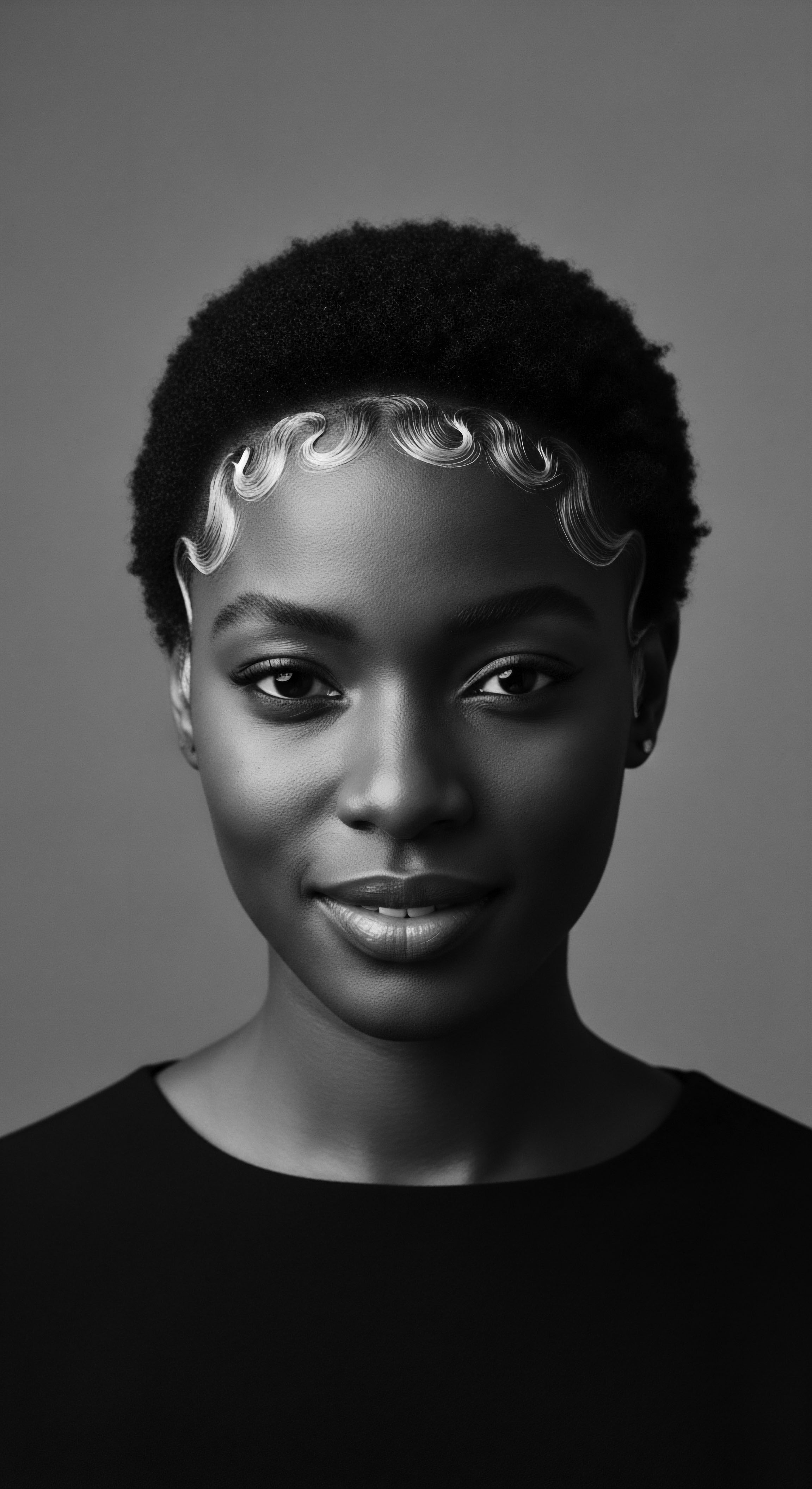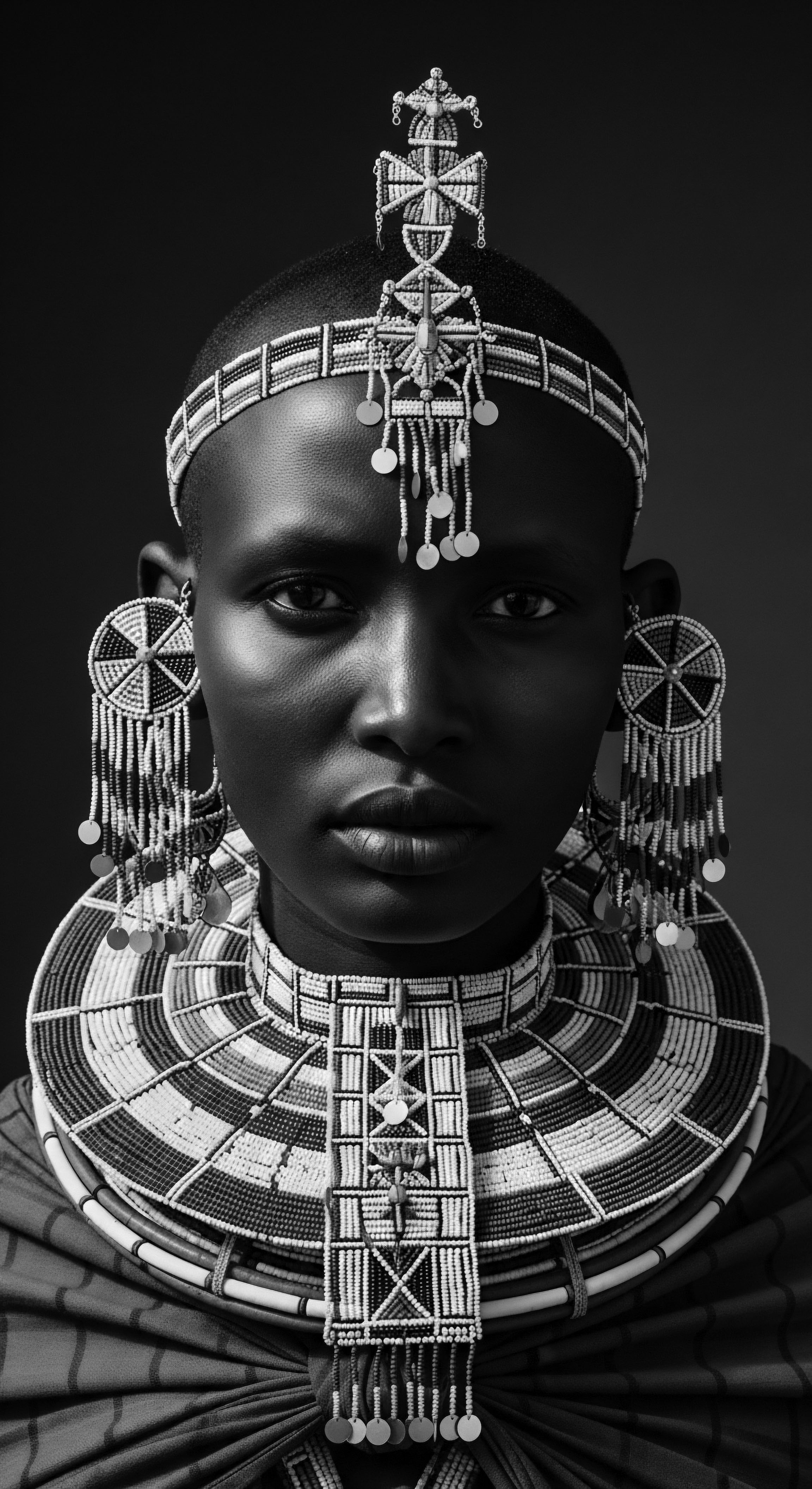
What is the historical link between head wraps and textured hair care?
Head wraps connect ancestral protective practices with textured hair care, embodying heritage and resilience.

What ancestral practices influence head wrap use?
Ancestral practices influencing head wrap use center on protecting textured hair, communicating cultural identity, and preserving heritage across generations.

How do head wraps protect textured hair and its heritage?
Head wraps protect textured hair by providing a physical barrier against elements, retaining moisture, and serving as a powerful cultural symbol of heritage and resistance.

Did head wraps protect textured hair from climate?
Yes, head wraps ancestrally shielded textured hair from climate extremes, a practice rooted deeply in Black and mixed-race heritage.

Did head wraps always protect textured hair?
Head wraps initially offered environmental protection, but their meaning shifted to profound cultural identity and resistance for textured hair heritage.

Can modern hair coverings trace their heritage to ancient practices?
Modern hair coverings echo ancient practices by reflecting cultural identity, providing protection, and serving as symbols of spiritual connection and resilience.

What scientific principles affirm the efficacy of traditional head wraps for textured hair?
Traditional head wraps physically protect textured hair, preserving moisture and reducing breakage rooted in ancestral practices.

How do head wraps enhance textured hair health?
Head wraps shield textured hair from damage and maintain moisture, carrying forward a rich heritage of protection and identity.

What are the historical origins of textured hair head wraps?
Textured hair head wraps originate in ancient African traditions, symbolizing status and protection, later becoming a defiant emblem of heritage amidst oppression.

